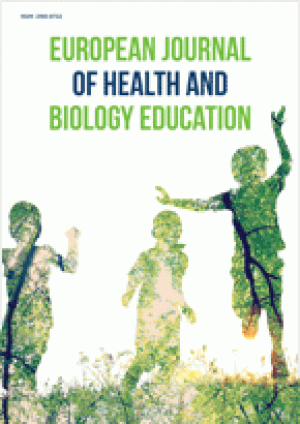Abstract
Macrofungus has been utilized as a medicinal remedy since ancient times. There has not been abundant research on its medicinal uses in comparison to other species of edible mushrooms, but studying its effects could lead to a global contribution regarding its therapeutic application. The purpose of this study was to determine the varying effect of mushroom extracts on antimicrobial properties against Bacillus subtilis. It was hypothesized if different edible mushroom extracts are treated to B. subtilis, then Lentinula edodes extract will show the greatest antibacterial activity with the largest clear zone diameter in millimeters. Determining which mushroom species exhibits the greatest inhibitory effect on bacteria can lead to the identification of alternative compounds to substitute the current ineffective antibacterial products. Prepared extracts from Agaricus bisporus, Plureotus ostreatus, and Lentinus edodes species were placed into wells of Luria Broth agar petri dishes that had been incubated with 5 day old Bacillus subtilis. After a 48 hour incubation period, the research hypothesis was supported as L. edodes had the largest mean clear zone diameter. Statistical analysis of the results revealed the calculated t-value for L. edodes vs. P. ostreatus, L. edodes vs. A. bisporus, and the mushroom levels vs. the control were all are significant, except for P. ostreatus vs. A. bisporus. It is believed that the presence of lenthionine, eritadenine, and lentinan, gave L. edodes its superior antibacterial properties. Unidentified protein content may have contributed to other mushroom species’ antimicrobial activity. The unknown compounds from the mushrooms could be isolated and, with further study, be of benefit for humans with the development of new antibiotics to combat bacterial resistance to medication.
License
This is an open access article distributed under the Creative Commons Attribution License which permits unrestricted use, distribution, and reproduction in any medium, provided the original work is properly cited.
Article Type: Research Article
European Journal of Health and Biology Education, Volume 4, Issue 1, July 2015, 1-8
https://doi.org/10.20897/lectito.201501
Publication date: 15 Aug 2015
Article Views: 1255
Article Downloads: 655
Open Access References How to cite this article
 Full Text (PDF)
Full Text (PDF)